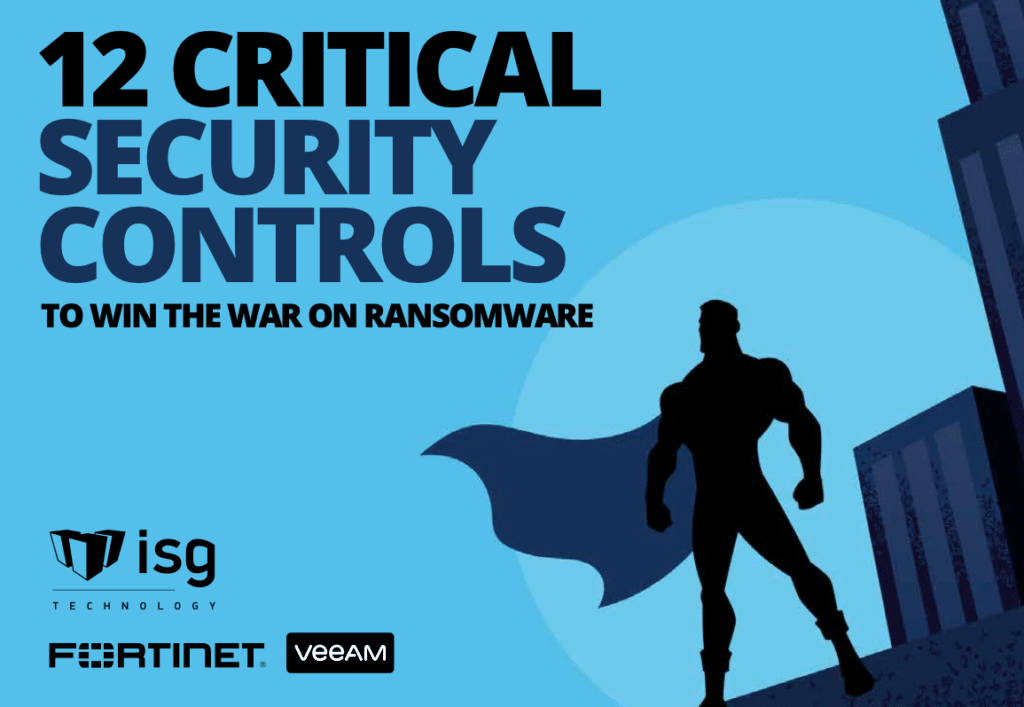Privileged Access Management (PAM)
Privileged accounts, such as those used by system administrators or database managers, possess the keys to substantial alterations within systems, applications, and data. As a result, these accounts are prime targets for cyber adversaries.
Keep on reading to learn about 7 paramount practices that fortify this crucial security control.
1. Understanding Privileged Accounts: Foundational Elements of Control
Privileged accounts are a cornerstone of an organization’s IT framework and hold extensive permissions that surpass those of standard user accounts. These accounts possess the authority to modify critical systems, applications, and sensitive data.
Recognizing their significance is the first step to enhancing cybersecurity defenses and implementing robust access controls.
2. Embracing the Least Privilege Principle: Curbing Access for Enhanced Security
At the heart of effective access management lies the principle of least privilege. This principle advocates granting individuals access only to the bare minimum required for their designated tasks. By restricting access to essential functions, organizations can significantly reduce their attack surface, which mitigates the impact of potential breaches.
3. Rigorous Access Control: Sentinel-like Enforcement
PAM solutions act as vigilant sentinels, enforcing stringent access controls for privileged accounts. Users must formally request access, and their activities undergo real-time scrutiny. This proactive approach ensures that only authorized actions are executed, which significantly bolsters security protocols.
4. Authentication & Authorization: Fortifying Identity Verification
The implementation of multi-factor authentication (MFA) stands as a formidable barrier against unauthorized access attempts. By employing authentication measures, organizations can fortify their defenses against identity-based threats. This ensures that only legitimate users gain access to privileged accounts.
5. Session Management: Continuous Oversight and Forensic Trail Creation
PAM tools offer robust session management capabilities, including session isolation and the recording of privileged sessions. This continuous monitoring creates comprehensive audit trails, which facilitates forensic analysis and ensures compliance adherence.
6. Effective Password Management: Safeguarding Credentials
Comprehensive PAM solutions should include tools that securely manage and routinely rotate passwords for privileged accounts. This proactive approach diminishes the likelihood of unauthorized access resulting from compromised credentials.
7. Auditing & Monitoring: Proactive Surveillance for Threat Detection
The continuous monitoring of privileged activities forms the bedrock of proactive threat detection. PAM solutions generate detailed logs and alerts for any suspicious behavior or policy violations, which empowers organizations to swiftly respond to potential threats before they escalate.
Overall, these measures fortify an organization’s security posture and ensure seamless operations, compliance adherence, and accountability.
Read On
If you’re interested in learning more about the controls needed to secure cyber insurance, be sure to check back tomorrow at 9 AM CST for our segment on Network Logging & Monitoring.

